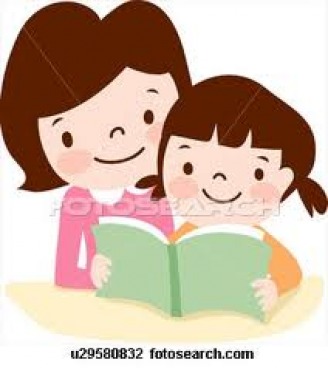BALLADS DECODED

The Ballad
The popular ballad or traditional ballad is a song transmitted orally which tells a story.
Ballads are therefore the narrative species of folk songs which originate and are communicated orally among illiterate or only partly literate people.
Typically, the popular ballad is dramatic, condensed and impersonal: the narrator begins with the climatic episode, tells the story tersely by means of action and dialogue (sometimes by means of dialogue alone) and tells it without self-reference or the expression of personal attitudes or feelings.
The folk ballad is a narrative poem by an unknown author, which is meant to be sung.
Most ballads have four-line stanzas, in which the second and fourth lines rhyme.
Many have regularly repeated lines, called a refrain, and contain elements such as dialogue and repetition.
These ballads, from the rugged area near the Scottish-English border, are cynical or darkly humorous.
Some folk ballads use what is called direct address, which is the name, title, or descriptive phrase used when speaking directly to someone or something. For example: “oh where ha’e ye been, Lord Randall my son?”. The person being addressed is Lord Randall. The words “my son” indicate that Lord Randall’s mother is addressing him.
The dialect is the form of a language spoken by people in a particular region or group. This poem uses the Scottish-English dialect.
Popular stories about lovers and romance have been narrated through songs and poems over the centuries. Although ballads were often passed down orally, some were sold at fairs or on streets as broadsides- that is, on one side of printed sheet of paper. Broadsides are not popular today as many ballads are frequently heard on the radios or read in books.
The popular ballad or traditional ballad is a song transmitted orally which tells a story.
Ballads are therefore the narrative species of folk songs which originate and are communicated orally among illiterate or only partly literate people.
Typically, the popular ballad is dramatic, condensed and impersonal: the narrator begins with the climatic episode, tells the story tersely by means of action and dialogue (sometimes by means of dialogue alone) and tells it without self-reference or the expression of personal attitudes or feelings.
The folk ballad is a narrative poem by an unknown author, which is meant to be sung.
Most ballads have four-line stanzas, in which the second and fourth lines rhyme.
Many have regularly repeated lines, called a refrain, and contain elements such as dialogue and repetition.
These ballads, from the rugged area near the Scottish-English border, are cynical or darkly humorous.
Some folk ballads use what is called direct address, which is the name, title, or descriptive phrase used when speaking directly to someone or something. For example: “oh where ha’e ye been, Lord Randall my son?”. The person being addressed is Lord Randall. The words “my son” indicate that Lord Randall’s mother is addressing him.
The dialect is the form of a language spoken by people in a particular region or group. This poem uses the Scottish-English dialect.
Popular stories about lovers and romance have been narrated through songs and poems over the centuries. Although ballads were often passed down orally, some were sold at fairs or on streets as broadsides- that is, on one side of printed sheet of paper. Broadsides are not popular today as many ballads are frequently heard on the radios or read in books.
